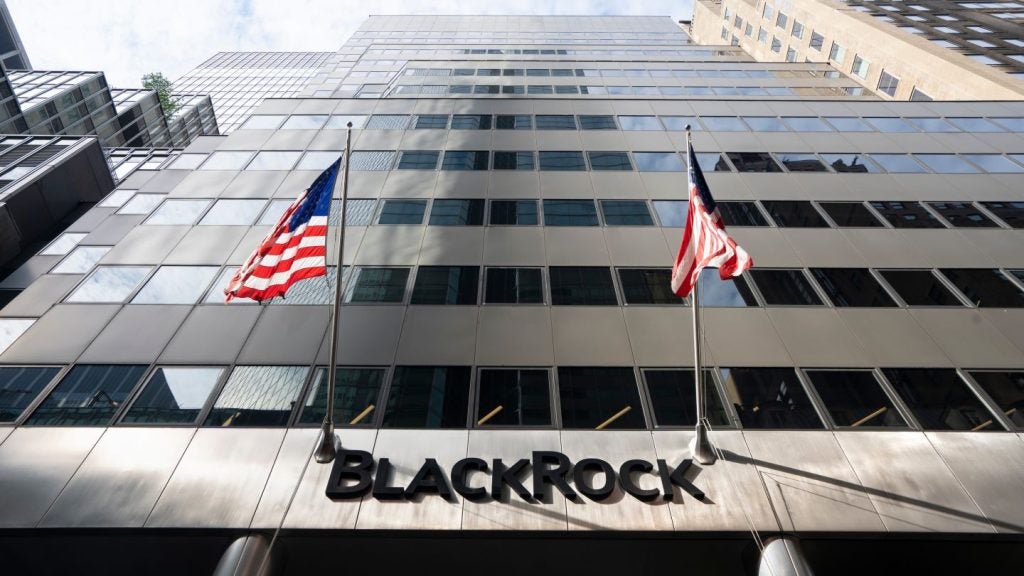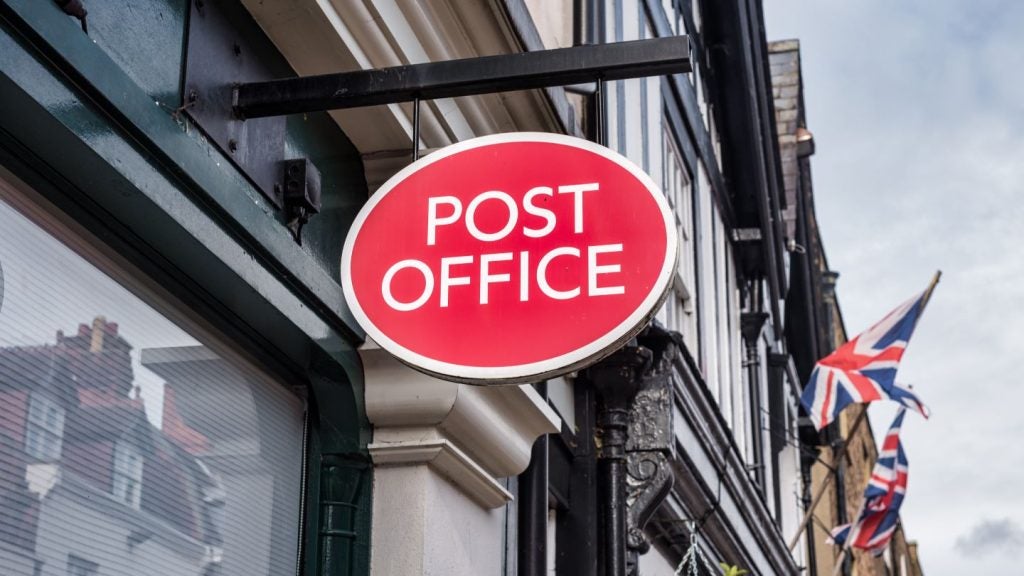Moving away from the pandemic was meant to usher in a return to normality for most, but this was another Christmas when consumers across the country once again struggled to celebrate in any way they might have found normal three years ago. In most markets, the response to Covid hinged on financial protection to both society and business.
A predicted tidal wave of debt didn’t materialise, thanks to the financial protections that were provided. Collections portfolios were also reduced as lockdowns limited discretionary spending, allowing a greater level of debt servicing.
But the emerging economic downturn now being seen is aggravated by a combination of inflation, interest rates and rising energy costs. The fiscal protection will not be the same as provided during the pandemic. As a result, lenders’ collections’ books are already growing.
Most households are likely to experience some level of financial distress for the foreseeable future. But while the current series of economic shocks may seem unprecedented, there is plenty to learn and use from previous downturns to improve collections strategies.
Key Collections Factors
Research by FICO shows that customers who entered collections exclusively as a consequence of the last economic downturn had a dramatically shorter return to financial good (RtFG) than normal. Consumers hit exclusively by an economic downturn — “economic victims” — had an average RtFG of nine months compared to two and half years for typical customers in collections.
The reasons are quite intuitive. Consumers hit exclusively by an economic downturn typically:
How well do you really know your competitors?
Access the most comprehensive Company Profiles on the market, powered by GlobalData. Save hours of research. Gain competitive edge.

Thank you!
Your download email will arrive shortly
Not ready to buy yet? Download a free sample
We are confident about the unique quality of our Company Profiles. However, we want you to make the most beneficial decision for your business, so we offer a free sample that you can download by submitting the below form
By GlobalData- Have very high financial morality – they are rarely repeat visitors to collections
- Are surprised, concerned and object to being in arrears
- Will do whatever it takes to get back to their definition of ‘normal’
- Are reluctant to compromise on their financial plans
So, what should lenders do?
Knowing that the vast majority of those customers swelling the collections queue will be economic victims, lenders should challenge whether they are doing enough to:
- Accurately profile and identify economic victims
- Adjust policies, collection strategies and treatment paths
- Apply the right level of tolerance to consistently drive the right outcomes
Failure to do so, will not only result in missed opportunities within first party collections and create opportunities for third part debt purchasers, by writing off and selling debt too soon. It will also cause organisations to lose customers who are likely to be capable of driving value for them again, once their situation improves.
Organisations that are able to apply insights and determine appropriate action to ensure the right outcome for the numerous customer segments within their Collections portfolio, will hold on to more customers and ensure they are providing the right outcome. They will use better collections as a competitive advantage.
Peter Lemon joined FICO in 2022 as a consultant to FICO clients, across financial services and telecommunications, specialising in credit risk and collections. Prior to joining FICO, Peter had a 20-year career within credit risk, with roles covering the management of risk strategies, models and decision systems







